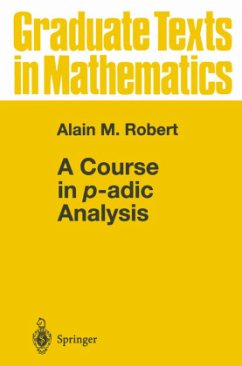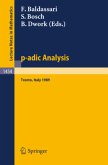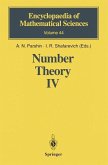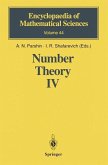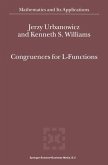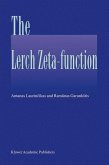Kurt Hensel (1861-1941) discovered the p-adic numbers around the turn of the century. These exotic numbers (or so they appeared at first) are now well-established in the mathematical world and used more and more by physicists as well. This book offers a self-contained presentation of basic p-adic analysis. The author is especially interested in the analytical topics in this field. Some of the features which are not treated in other introductory p-adic analysis texts are topological models of p-adic spaces inside Euclidean space, a construction of spherically complete fields, a p-adic mean value theorem and some consequences, a special case of Hazewinkel's functional equation lemma, a remainder formula for the Mahler expansion, and most importantly a treatment of analytic elements.
"This well-written book, complete with all proofs and a wealth of exercises, is perfectly suited as a text book for introductory courses." (Wim Schikhof, zbMATH 0947.11035, 2022)
From the reviews:
MATHEMATICAL REVIEWS
"The text ends with a large number of exercises. The writing is extremely clear and very meticulous. The bibliography, which does not attempt to be comprehensive, is adequate. I recommend A. Robert's book without reservation to anyone who wants to have a reference text on one-variable p-adic analysis that is clear, complete and pleasant to read."
MATHSCINET
"Robert's book is aimed at an intermediate level between the very specialized monographs and the elementary texts. It has no equal in the marketplace, because it covers practically all of p-adic analysis of one variable (except the rationality of the zeta function of an algebraic variety over a finite field and the theory of p-adic differential equations) and contains numerous results that were accessible only in articles or even in preprints. ...
I recommend A. Robert's book without reservation to anyone who wants to have a reference text on one-variable p-adic analysis that is clear, complete and pleasant to read."
D. Barsky in MathSciNet, August 2001
From the reviews:
MATHEMATICAL REVIEWS
"The text ends with a large number of exercises. The writing is extremely clear and very meticulous. The bibliography, which does not attempt to be comprehensive, is adequate. I recommend A. Robert's book without reservation to anyone who wants to have a reference text on one-variable p-adic analysis that is clear, complete and pleasant to read."
MATHSCINET
"Robert's book is aimed at an intermediate level between the very specialized monographs and the elementary texts. It has no equal in the marketplace, because it covers practically all of p-adic analysis of one variable (except the rationality of the zeta function of an algebraic variety over a finite field and the theory of p-adic differential equations) and contains numerous results that were accessible only in articles or even in preprints. ...
I recommend A. Robert's book without reservation to anyone who wants to have a reference text on one-variable p-adic analysis that is clear, complete and pleasant to read."
D. Barsky in MathSciNet, August 2001
From the reviews: MATHEMATICAL REVIEWS "The text ends with a large number of exercises. The writing is extremely clear and very meticulous. The bibliography, which does not attempt to be comprehensive, is adequate. I recommend A. Robert's book without reservation to anyone who wants to have a reference text on one-variable p-adic analysis that is clear, complete and pleasant to read." MATHSCINET "Robert's book is aimed at an intermediate level between the very specialized monographs and the elementary texts. It has no equal in the marketplace, because it covers practically all of p-adic analysis of one variable (except the rationality of the zeta function of an algebraic variety over a finite field and the theory of p-adic differential equations) and contains numerous results that were accessible only in articles or even in preprints. ... I recommend A. Robert's book without reservation to anyone who wants to have a reference text on one-variable p-adic analysis that is clear, complete and pleasant to read." D. Barsky in MathSciNet, August 2001.

